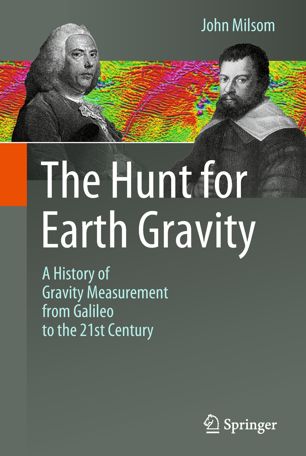

Most ebook files are in PDF format, so you can easily read them using various software such as Foxit Reader or directly on the Google Chrome browser.
Some ebook files are released by publishers in other formats such as .awz, .mobi, .epub, .fb2, etc. You may need to install specific software to read these formats on mobile/PC, such as Calibre.
Please read the tutorial at this link. https://ebooknice.com/page/post?id=faq
We offer FREE conversion to the popular formats you request; however, this may take some time. Therefore, right after payment, please email us, and we will try to provide the service as quickly as possible.
For some exceptional file formats or broken links (if any), please refrain from opening any disputes. Instead, email us first, and we will try to assist within a maximum of 6 hours.
EbookNice Team

Status:
Available0.0
0 reviewsThe author of this history of mankind’s increasingly successful attempts to understand, to measure and to map the Earth’s gravity field (commonly known as ‘little g’ or just ‘g’) has been following in the footsteps of the pioneers, intermittently and with a variety of objectives, for more than fifty years. It is a story that begins with Galileo’s early experiments with pendulums and falling bodies, progresses through the conflicts between Hooke and Newton and culminates in the measurements that are now being made from aircraft and satellites. The spectacular increases in accuracy that have been achieved during this period provide the context, but the main focus is on the people, many of whom were notable eccentrics. Also covered are the reasons WHY these people thought their measurements would be useful, with emphasis in the later chapters on the place of ‘g’ in today’s applied geology, and on the ways in which it is providing new and spectacular visions of our planet. It is also, in part, a personal memoir that explores the parallels between the way fieldwork is being done now and the difficulties that accompanied its execution in the past. Selected topics in the mathematics of ‘g’ are discussed in a series of short Codas.